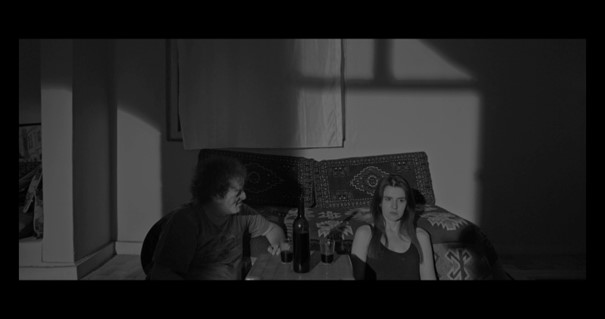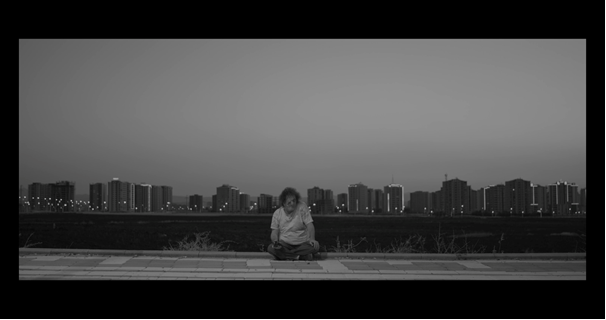In David Lynch’s The Elephant Man, John Merrick (John Hurt) is perceived as “deteriorated,” “ugly,” or even “terrible” compared to the normative human body, due to a rare disease. The Elephant Man is exhibited at fairs and treated as a caged animal; with the help of Dr. Treves (Anthony Hopkins), he transforms into John Merrick, a social being with a name. Considering the historical period in which the film takes place—the 19th century—the Elephant Man’s transformation into a human and social being is made possible by internalizing a bourgeois morality and individuality at the same time. In the film, on the one hand we follow the psychological and physical tension that this transformation creates in John Merrick’s body, and on the other hand, we find questions about where being human begins and ends, the limits of a Western-bourgeois morality and social space, and the symbolic violence it contains. Hence David’s Lynch’s The Elephant Man can be viewed as a critique of anthropomorphic, ethical, and political norms about man, the body, and morality.
In Pîrebok (Lütfü İrdem, 2022), Adem’s amorphous face and hunchbacked body, reminiscent of Lynch’s Elephant Man, appear in a mythological story in which patriarchal power is questioned. From an anthropomorphic perspective, Adem, who is ugly, even frightening, and at the same time poor, tries to find a woman to marry, and also seeks a pîrebok[1] to be his slave. According to the mythological story that Adem believes, if he found a pîrebok and stuck a needle in his chest, the pîrebok would turn into a beautiful woman and at the same time, she would be his slave forever unless he took that needle out of his chest. When Adem continues his search or hunt for the pîrebok, he is in Rojava. He is married to Bermal, who is widowed and has a small daughter, after losing her husband in the war against ISIS. However, Bermal soon disappears without the little girl.
Then we watch Adem catch a Pîrebok by sticking a needle in his chest. After that, the pîrebok turns into a beautiful woman but also into Adem’s slave, with Adem a tyrant and the film a critique of patriarchal ideology. When she tells Adem about how the pîreboks came to be, we understand that they are descendants of Lilith, who, according to the mythological story, was Adam’s first wife and rebelled against both him and God. After the long monologue scene in which she tells the mythological story of pîreboks, Adem hears on the television about Bermal’s suicide bombing action against ISIS. After this news, Adem frees Pîrebok by removing the needle from his chest. The story, through the character of Bermal, once again connects to the issue of women’s liberation, but also to the Rojava war and the Kurdistan issue—as if the liberation of the pîrebok is possible thanks to Bermal’s suicide action against ISIS. The feminist perspective of the film can be associated with the atmosphere created by the female liberation paradigm of the Kurdish National Movement in Turkey. Although taking on a different content and form than Pîrebok, a feminist and at the same time queer layer can be followed in the films of another Kurdish director, Ali Kemal Çınar. The Elephant Man offers a critique of the limits and forms of violence of western bourgeois societies in 19th century Britain, while Pîrebok paints a humble portrait of masculine ideology and women’s emancipation in present-day Kurdistan.
Being black and white supports the general atmosphere of the story and the fruitless pursuits of the main character. Pîrebok is a well-executed production considering it is the director’s first film, although there are minor disconnections in its script, some glitches in its shooting, and a weakness in creating a sense of time for the audience.
By Sebahattin Şen
Edited by Robert Horton
© FIPRESCI 2023
[1]İn Kurdish pîrebok means witch, cursed woman, and also a spider.


